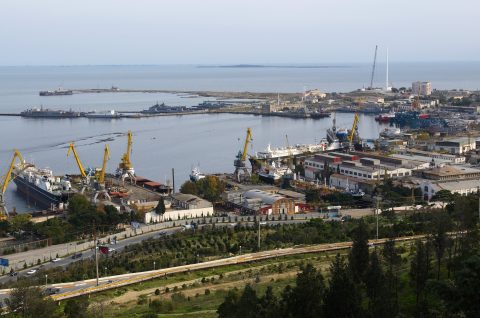Major Chinese intermodal corridor commences paperless trade

China is increasing its digitalisation pace. Using the blockchain technology provided by the Global Shipping Business Network (GSBN), the Chinese New Land-Sea Corridor (NLSC), could stimulate paperless trade and faster information exchange from Asia to Europe.
The NLSC, a BRI project, is a Chinese intermodal corridor connecting western inland Chinese cities (Chengdu, Chongqing, for example) with Southern Chinese ports (such as Qinzhou port) via rail. From the ports onwards, inland-produced goods can further their journey via ocean shipping. The NLSC has recently become a member of the Global Shipping Business Network (GSBN).
Global Shipping Business Network (GSBN) is a Hongkong based not-for-profit technology consortium with stakeholders from eight major Shipping Lines and Global Terminal Operators, including COSCO. Early in May 2023, NLSC cooperated with COSCO in using GSBN’s paperless solution in the Chongqing dry port, resulting in a significantly shortened administrative process from one or two days to less than four hours.
Faster information exchange
According to GSBN, shipping stakeholders could enjoy a more streamlined electronic workflow using its blockchain infrastructure. “Solutions like electronic Bill of Lading can extend to cover House Bill of Lading and many other downstream workflows,” which can apply to the seaports and inland dry ports. The digital implementation could benefit European importers if they seek intermodal logistic solutions to ship Chinese products while avoiding tedious paperwork. And for this Chinese corridor, implementing paperless trade helps its shipment efficiency and broadens its market potential from Asia to Europe.
Also read:




